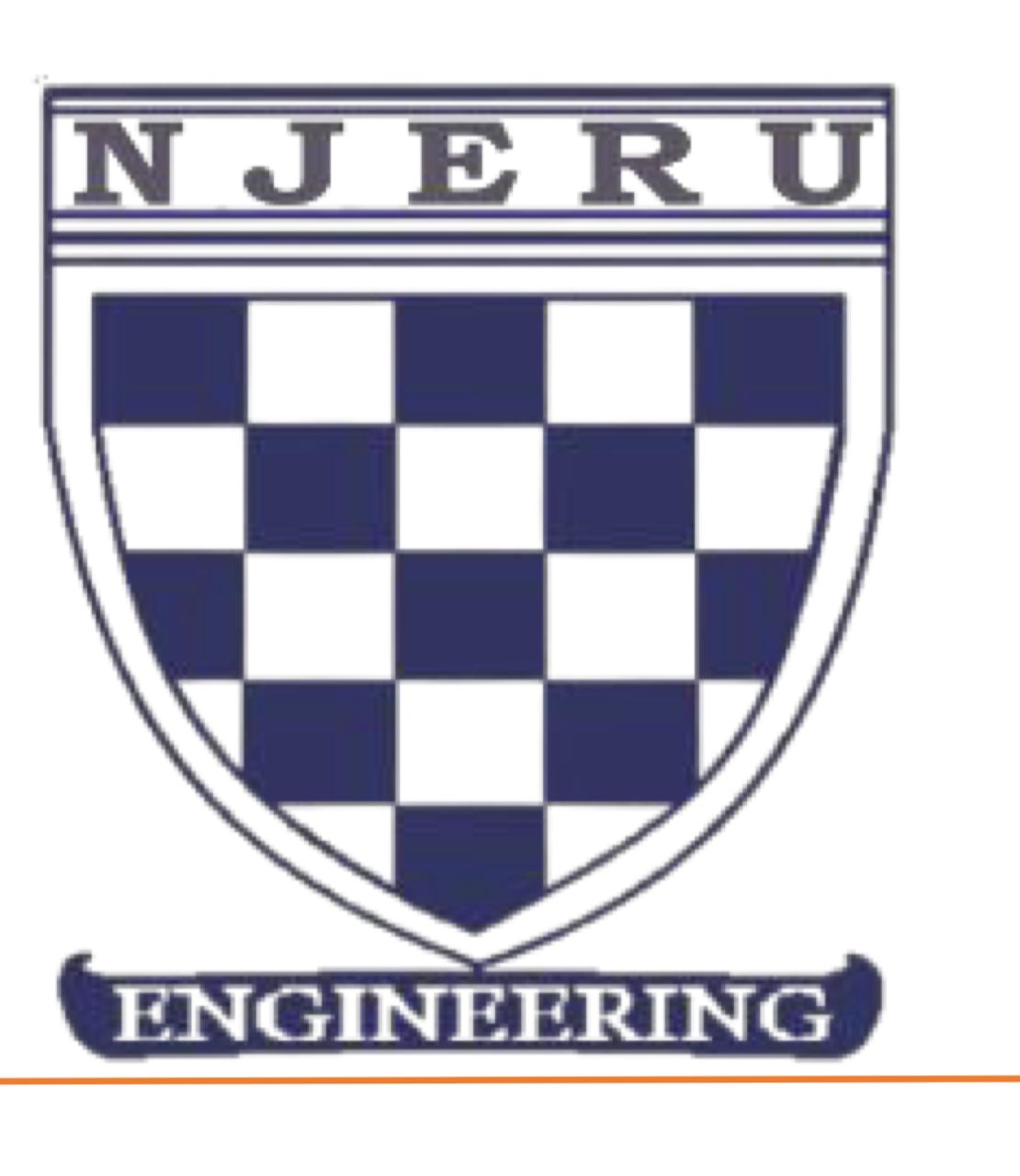Vol: 1 Issue: 1
A Review on the Principles and Application of Neutrons Scattering
Ogri James Ushiea, Edet Kufre Patrickb , Julius Achirigbor Idajor
Abstract
The economy of the world today requires increasingly complex materials with specific properties to function perfectly. That is why, for nearly a century, neutrons have played a major role in increasing industries understanding of the material world. They allow physicists and engineers to study materials, revealing their atomic structures, dynamics, and magnetic properties to unravel how to make them stronger, lighter, and perform better. This work presents a review on principles and application of neutron scattering its importance in researching the properties of new materials critical to energy, therapeutic treatment, astronomy, radionuclide tracers, communication, and nanotechnology. The recent developments shown in this review provides information that can facilitate product development and improve the mechanics of new materials.
Keywords — Application of Neutrons, Neutrons scattering, Principles of Neutrons, and Reviewed information for product improvement.
I. INTRODUCTION
Neutrons have played a significant role in the characterization, development, and testing of materials over the past century. In 1994, the Nobel Prize in Physics was awarded to Clifford G. Shull and Bertram N. Brookhouse for their outstanding contribution to the impact of neutron scattering [1]. Neutron properties and interactions are described by nuclear physics [2]. Some elements occur in nature with only one stable isotope, while others have many stable isotopes [3]. Neutrons are produced copiously in the nucleus fusion and fission processes. They first and foremost contribute to the nucleosynthesis of chemical elements within stars through fusion, fission, and neutron capture processes. Neutron is essential for the production of nuclear power. Decades after the neutron was first discovered in 1932, neutrons were used to induce many different types of atomic transmutation. With the nuclear fusion discovery in 1938, it was recognized that if a fission event produced neutrons, each of these neutrons might cause further fission events in a surge known as a nuclear chain reaction.
II. HISTORICAL DISCOVERY OF THE NEUTRON
Neutron discovery occurred in the first half of the 20th century, with the creation of the nuclear bomb in 1945. In 1911, Rutherford’s atomic model was made up of a small, positively charged core surrounded by a much larger, negatively charged cloud. In 1920, Rutherford assumed that the nucleus consisted of positive protons and neutrally charged particles, which were suggested to be electrons [2].
Oskar Klein introduced further quantum mechanical objections to the notion of electrons confined inside a nucleus in 1928. The noticeable properties of atoms and molecules were incompatible with the nuclear spin anticipated by the proton-electron hypothesis. Since both proton and electron carry an intrinsic spin of ½ h there is no way to arrange an odd number of spin + ½ h to give a spin integer multiple of n [4].
In 1931, Walther Bothe and Herbert Becker [5] found that if alpha particle radiation from polonium falls on beryllium, boron, or lithium, an unusually penetrating radiation will be produced.


